So you want to pursue a career in the game industry, and you have an artistic soul. We have good news for you; in any game development studio, a Game Artist can easily find a spot. They need a lot of staff compared to most other departments so the demand is pretty high.
This article aims to give you a good understanding of an artist’s role in the game development scene. Furthermore, it explains the numerous avenues in which a game artist might find his/her true calling. Here is the list of the careers:
- Art Director
- Concept Artist
- Character Designer
- Storyboard Designer
- Texture Artist
- Modeler
- Rigger
- Animator
- Cinematic Director
- Game Environment Designer
- Lightning Technician
- Game UI Designer
- Marketing Game Artist


Need Game Art Services?
Visit our Game Art Service page to see how we can help bring your ideas to life!
Art Director
If you’re working in an art department, this person would be your boss, unless you’re the boss yourself! An art director has huge responsibilities that are matched with a huge paycheck. He is ultimately responsible for all the aesthetic aspects of a finished game.
This means that he/she has to work closely with all the artists of various expertise working on the game project.
An Art Director is not necessarily the most skilled artist with a pen on the team. In bigger companies, they don’t even do any kind of drawing but he/she is definitely the most knowledgeable.
In addition to being familiar with all forms of classic arts (such as sculpting, illustration, etc), Art Directors must have a firm grasp of computer science, game design, documentation and research, and more.
Additional Duties of an Art Director
However, even having that impressive collection of professional expertise is not enough. Art Directors also need to be shrewd diplomats as well.
Coordinating between a lot of different people and professions, with different needs, is not easy at all. So they need to be intimately familiar with management methods and be extremely good with soft skills.
Art Directors operate at the very heart of the project. They work with senior staff since the inception of the game’s core design, meaning they are already there at pre-preproduction.
They need to fully understand and share the vision of the final product with the producers and the creative director. And strive to make that vision a reality.
“Improve the process, and the result takes care of itself.”
A good team is like a well-oiled machine! Each part working in tandem with the others to make up a smooth and effective development process. Therefore, one of the most critical roles of the Art Directors is putting together a proper team.
The team needs to be aligned with the vision of the game and its needs. Each member has to be compatible with other members of the team. They do this through careful hiring of the right people and powerful management from there.
When you consider the above statements, you’ll understand why many artists, even highly experienced ones, prefer to work as a staff artist rather than a directing position. As someone very famous once said “With great power, comes great responsibility.”, so true!
Concept Artist
In game art design, everything begins with concept art services. Concept artists are at the forefront of the development process. They are the first ones to bring a written set of ideas into the world of shapes and colors.
More than any other staff artists, they are responsible for the look and the general style of a game. All the other artists follow the lead they set with their works.
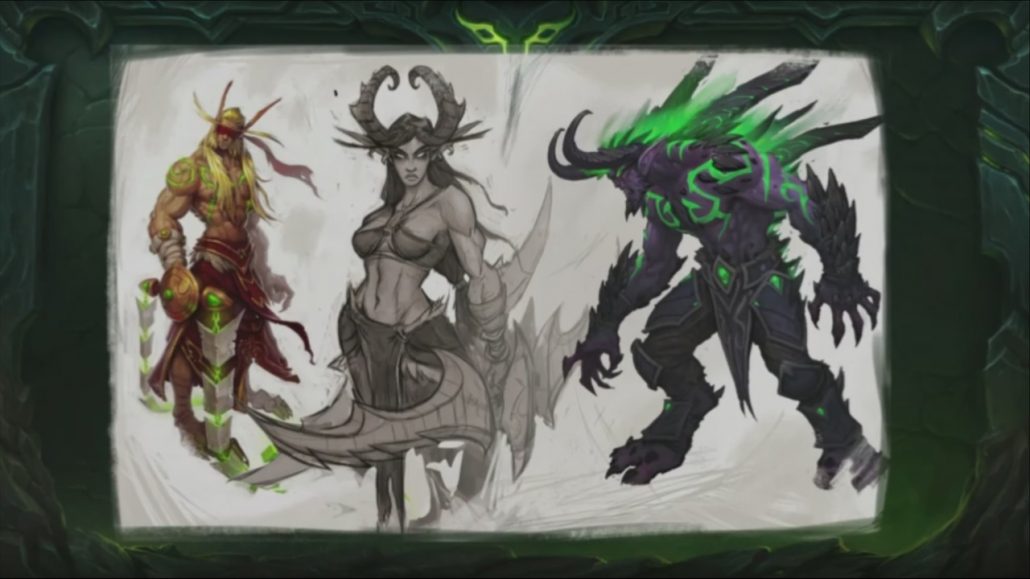
Creative Director briefs concept artists directly. Or, through a descriptive document about certain features and attributes of objects or characters. Any Game Artist working on the project will get one of these.
Then they begin the process of thumbnailing and present them to the art director.
(For more information about thumbnailing please refer to our article on 2d character design)
The Art Director reviews these thumbnails and if he/she wants any changes in mind the concept artist updates the work. Then, the confirmed concept arts will be distributed among everyone working on the design of the game to be used as references.
To put it shortly, everything you see in a game is first envisioned visually by the concept artists; characters, guns, environment, etc. This is why being a concept artist is so exciting. You get to see your designs come to life and grow in ways you couldn’t imagine.
A good concept artist creates a visual library to draw inspiration and ideas from over the course of his/her career. They are flexible and can match their style with the specific needs of a project.
Having a thorough grasp of the composition, anatomy, perspective, light, and tone is vital to be a successful concept artist.
Character Designer
We have an extensive article on the subject of character design. There we have explained the role of a Game Artist in a character design company in detail. However, as this is a stand-alone article, we will provide a concise description here.
Character artists have a prominent role in game art design. In smaller studios, they might also work as a modeler, transforming their own digital art into a 3d model. Their main task, however, is to provide the team with thumbnails and sketches depicting the final look of the characters.
Depending on the studio, a character artist might work as a concept artist as well. In either case, he/she uses concept arts as references and works closely with the creative designer or narrative designer.
An efficient game artist can pump out several variations of what a character in a short period of time. He/she is not bios toward any of his designs. And is willing to update the work based on the driving vision of the game set by the creative director.
Storyboard Designer
The storyboard is a graphical asset, often in the form of a whiteboard. The storyboard agency or artist makes the storyboard with the purpose of visualizing animations of a scene with simple graphics.
This will allow the creative team to rework, edit, and generally improve the structure of a scene; Before committing resources to the costly process of actually making that scene.
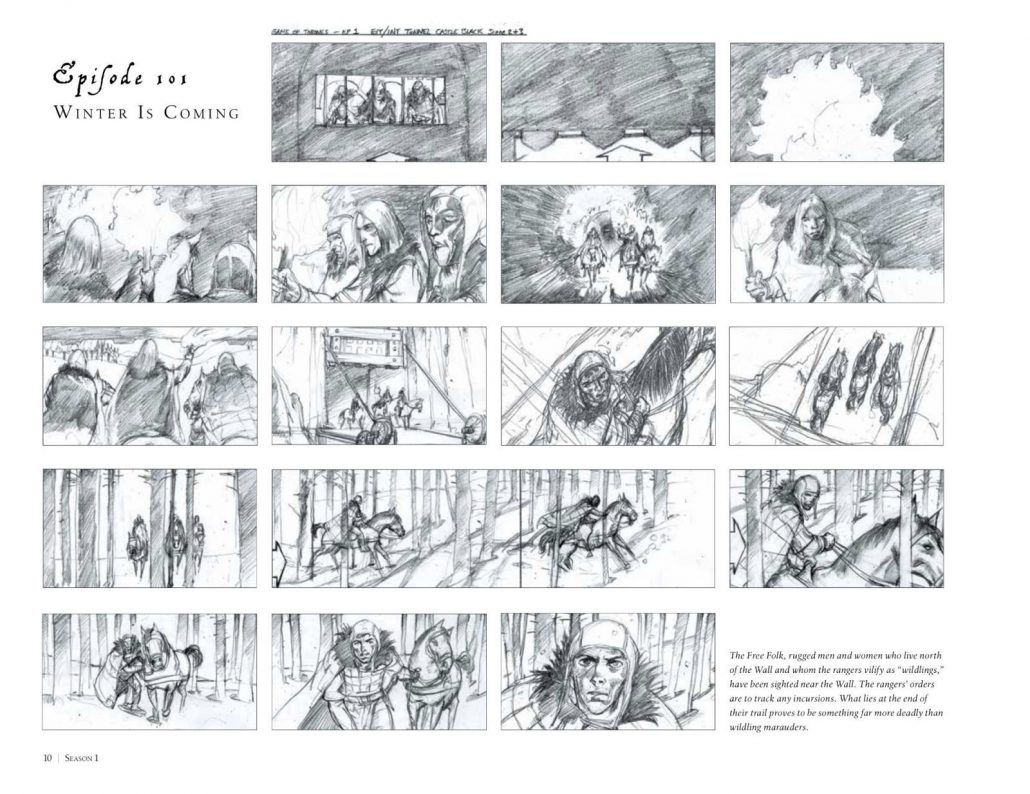
Storyboard artists can find jobs in a wide variety of fields and industries. They are in demand almost anywhere you want to tell a visual story. From advertisements to live-action films to video games, they play a vital role in creating scenes with a strong impact.
Keep in mind that each of these industries demands its own specialized form of storyboarding. And so the game artist should specialize in a certain form of storyboarding. This way companies are more likely to hire them.
So you know the final look of the characters, designed a rich environment and all the assets are ready. The next step is to give them motion, to create a scene and that is where Storyboard artists come in.
Designing cut-scenes comprise most of the work they do on game projects but not all of it. Scripted boss-fights and events, quick-time events, and the inro movie of a game all need storyboarding.
The workflow of a day in a storyboard artist job is pretty interesting. They receive a script, not unlike those for movies. Then the creative director briefs them to understand the overall theme of the scene.
They visualize things like camera position and angle, placement of the characters. Providing materials to the team and especially the animators to use as the reference for creating that scene.
Texture Artist
A texture artist is a game artist that specializes in creating textures. In the most basic sense, textures are 2d images. Artists wrap them around the 3d models to provide them with a quality surface. The floor of a rock formation, the freckled skin of a character, and the organic wooden surface of a box.
These are all among the things that a texture artist creates. The process is much more complicated and effective than a simple painting and adding color. Experts further divide the subject into sub-categories such as bump mapping, specular mapping, height mapping, etc.
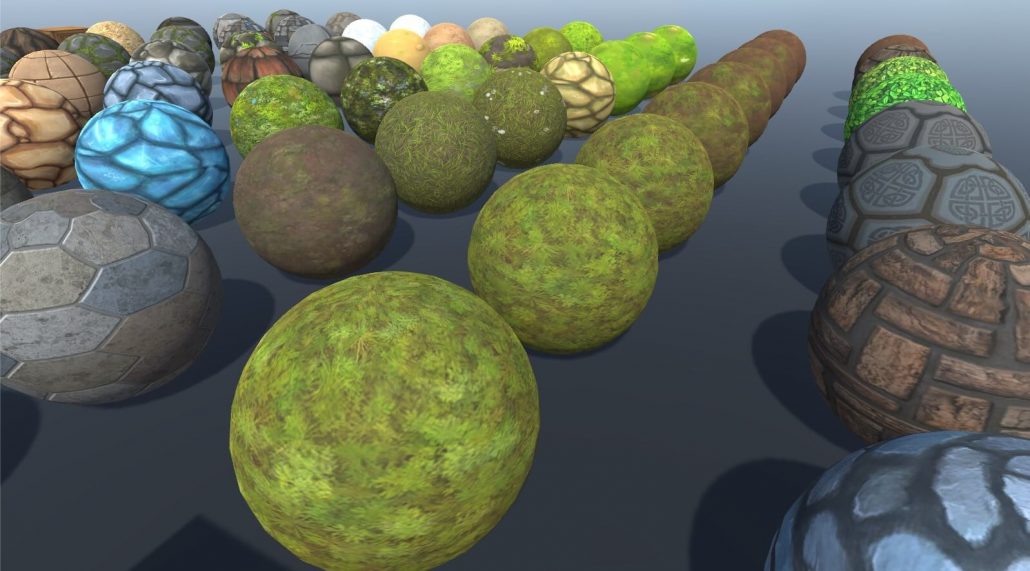
Artists use a variety of techniques to create impressive textures that add a layer of depth to the models. Often, they use existing materials from the real world as the base for their work. Anything might be a valid source for them, from the floor of the jungle to the wrinkled skin of the elderly.
However, this is not always the case and sometimes they have to create textures from scratch, especially with sci-fi and fantasy genres.
The workload and sensitivity of artist’s job in creating the textures are pretty significant. Every object in the game needs texture and they should be diverse and unique as to not bore the players.
They need very imaginative minds to draw inspiration from everyday objects to create surfaces that unlike their source, are pretty bizarre and outlandish at a time. software such as Photoshop, Maya, Painter, Mudbox, ZBrush, and CrazyBump.
The nature of a texture artist’s work demands close cooperation with models more than anyone else on the team. That is why it helps a great deal when texture artists have some background in modeling. Smaller companies may not even distinguish between these two roles.
Modeler
Think of 3d modelers as modern-day digital sculptors, but instead of clay, they play with polygons. In 2d projects, they almost have no place. But in a 3d project, be it game, animation, or anything else, a 3d modeler is the game artist of a 3D character modeling studio, responsible for creating every object and character that you see.
In smaller companies, they also act as environment artists or character designers. Because their job requires them to have some level of knowledge in numerous categories related to the game art design.
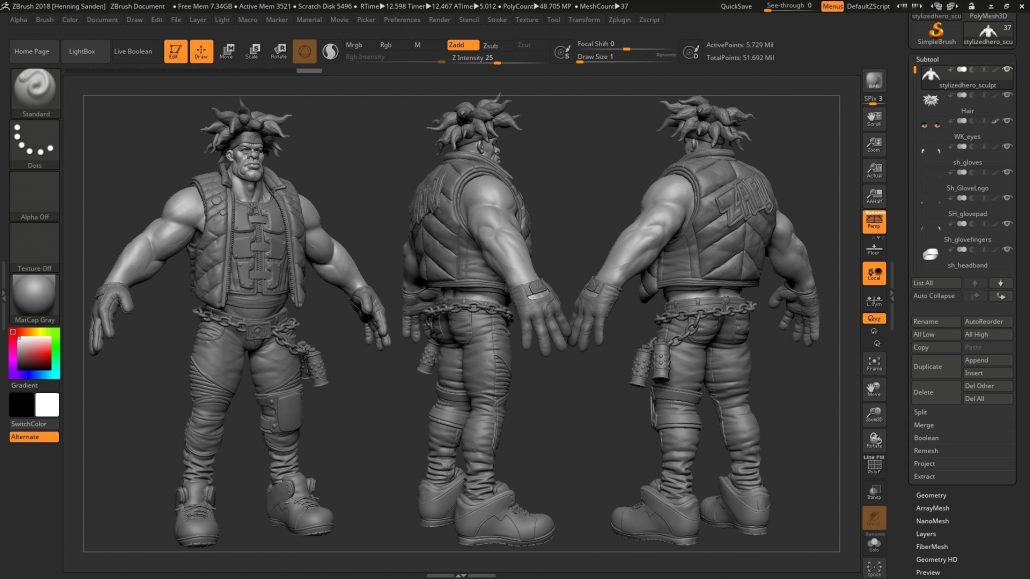
3d modelers take sketches and concept arts, then breathe life into them. Interpreting a 3d model based on a 2d source is not as easy as it may seem. The artists must have a near-perfect spatial imagination and understanding. They take 2d concept arts and give it depth and detail; building the objects and the characters in a digital environment.
A 3d modeler has extensive knowledge of many software in the field of design. Creating a well-rounded model requires them to work with several programs and move the model from one to the next. This is to employ the strengths of each program into the creation process.
As they often work in teams with other modelers, the workload is divided between them based on their strength and expertise. A character modeler has a superb understanding of anatomy, human, or otherwise. They can make things a whole lot easier for the rest of the team, especially riggers.
Darren Hurlbut is a renowned veteran in the field of 3d modeling. He has some interesting pointers about the job of a 3d modeler. You can find the article here.
Rigger
Since rigging and animating go hand in hand, we explain them in succession. Game riggers are experts in manipulating object geometry and the way they communicate with environments.
Character riggers do this by a detailed knowledge of physics and anatomy, operating systems like UNIX, and applications like Autodesk Maya, Motion Creator, 3D Studio Max, etc.
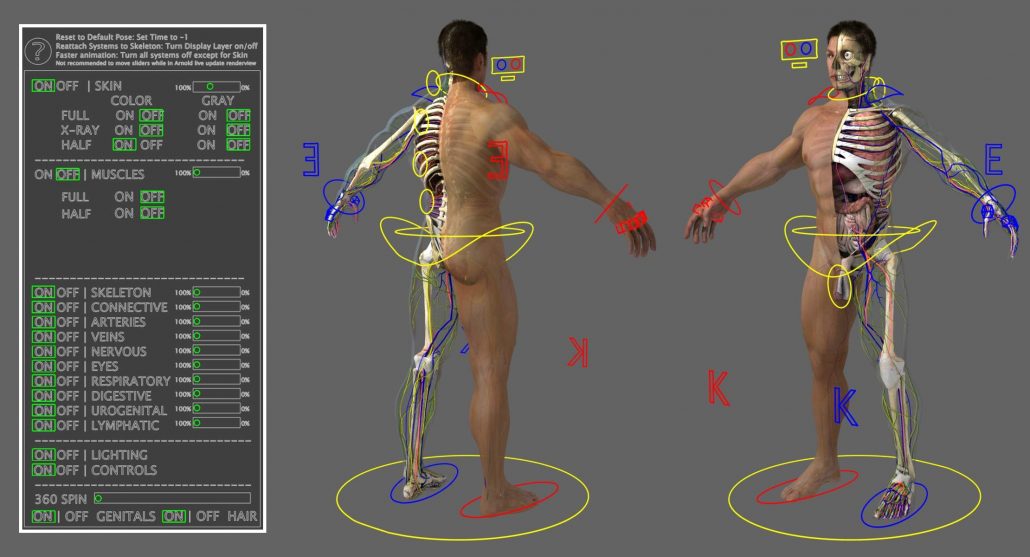
They prepare the models for animation by giving them skeleton structures, defining the way that skeleton interacts with external force, and the way different “bones” interact with each other.
If you spot a character in a game that moves his/her limbs in an unnatural (and often hilarious) way, it means that the developing company needs to find better riggers!
Lack of effective rigging is also evident when an external source of force is applied to a model. In such an event, if not rigged right, the models and their limbs may bend, stretch and turn like they are made of plastic.
Character rigging is a very tedious operation. It demands accuracy and an eye for detail. As such, character riggers are responsible for producing skeletons using computer programs by constructing a series of bones that deform and animate different parts of the body.
Character riggers can also help develop animation production process tools, collaborate with modelers and animators and develop new techniques for solving the challenges of character production.
Animator
Simply put, animators animate things! But giving such a simple description for such a complicated job does not do it justice. Video game animators combine technology and art to add motion to characters, objects, and the environment.
Simulating the effect of a summer breeze on a field of shifting flowers, the kick of a rifle upon firing, the life-like motion pattern of a racehorse, and much more, are all duties of an animator.
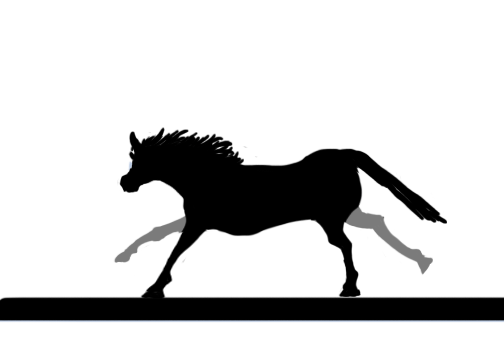
When imagining the work of an animator, people usually think of characters; how they run, fight, or generally move within a scene. In truth, their work encompasses so much more.
As mentioned, animators are also responsible for lifeless objects and the environment itself and it doesn’t end there either; they define the laws of physics for the game.
The countless ways objects behave when they interact with each other can not always be pre-determined and there is a need to formulate such a process, to compensate for the unpredictable situations.
Triple-A games usually strive for level photorealism that would greatly add to the immersion of the game. But all the effort into creating life-like visuals would be for nothing if they do not move in a realistic way. That would send a clear signal to the player that this is all fake and would immediately break immersion.
In the last decade, motion capture has made the animators’ lives a lot easier. Having a live model performing the motions needed for the game and capturing those movements makes up for effective and highly believable animations.
For more information about becoming a successful game animator, please refer to the interview with Tony Ravo on the subject
Cinematic Director
The role of a cinematics director and cinematics designer is very similar and share many nuances and overlaps, and that is why we will discuss them both as the same entity.
Both are ultimately responsible for the completion of cinematic sequences, or cutscenes, which are mixed with the regular gameplay to improve the story and character progression.
The major difference is that a cinematics director acts much like a movie director; they oversee the process of creating storyboards for cutscenes, provide direction on creating visual elements of a scene and how they proceed.
While on the other hand, a cinematic designer works with the audio and visual elements needed for the creation of cutscenes and ensures required assets are produced and completed according to deadlines while ensuring their quality is up to standards.
Cinematic Director vs Cinematic Designer
Moreover, a cinematic designer is not only present during cutscenes and cinematics, but he/she also is in charge of adding a cinematic experience to the game as a whole, including scripted events during gameplay and providing input to the art director on how to inject a cinematic experience into the regular gameplay.
Both of these roles are well-established in the game production, as character development and narrative of a game highly depends on them.
They have regular meetings with lead staff such as the creative designer, art director, narrative designer to make sure that the cinematics of a game is in line with the general theme and atmosphere of a game.
They also work closely with staff artists and voice actors, working with animators and modelers to perfect things such as facial expressions and how characters move during a cutscene.
Being present during voice casting sessions and coaching voice actors is also part of the job, as is overseeing the hiring of the cast.
All in all, both jobs can be challenging and require a firm grasp of management skills; demanding the director and the designer to pay close attention to the output of several other members of the team and keeping a lot of detail in the mind.
A game artist seeking to work in any of these roles must be knowledgeable in both artistic and technical skills that are absolutely mandatory for the profession.
Game Environment Designer
The role of an environment artist is discussed in detail in another of Pixune’s articles: “10 most common challenges in the game environment design”, but the basics of the profession are described here as well, to provide a complete reference for all the roles working in the game art design process.
Games such as the Far Cry and Final Fantasy series are famous for their exceptionally impressive environments. Video games offer remarkable freedom for a game artist and designer to create expansive worlds from scratch that enhance the player’s experience and place the audience in a truly immersive universe.
The role most responsible for this positive impact is the environment artist. More than any other role in game art design, environment designers contribute to the world-building process, with only the narrative designer playing a more prominent role in this regard.
Game designers send the concept artist an idea firsthand to draw. The designed art is then sent to the environment artists after many revisions to create 3D models with texture, color, and lighting.
During this time-consuming process, the senior environment artist will consult with the design team on an ongoing basis to ensure consistent styling. They also collaborates closely with level designers to synchronize the artistic elements of their work with gameplay functions of a game environment.
In smaller studios, the environment artist also creates the concept arts needed to base their design on.
This will decrease production time and makes sure that the integrity of the vision for the aesthetics of the environment is kept, as there will be no misunderstanding or wrong interpretation between the roles.
Lightning Technician
As with live-action, lighting is an important element in the fields of visual effects and digital animation that creates mood, depth, and realism within a scene.
Whether producing a fully animated movie or enhancing a filmed sequence using computer-generated imagery, lighting artists -sometimes referred to as lightning technicians- contribute to some of the project’s last finishing touches.
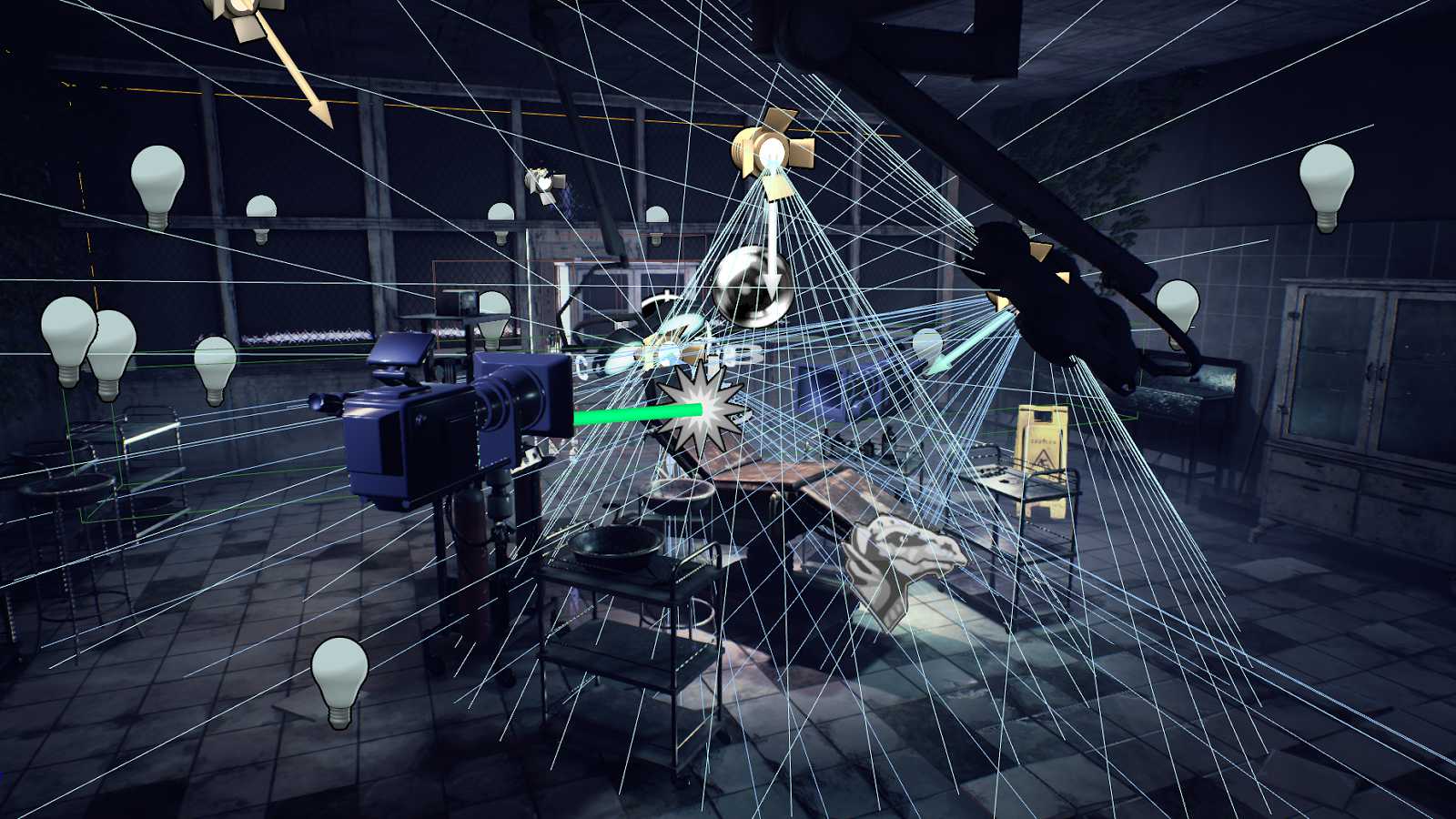
Even more than roles like 3d modeler or animator, this is a highly specialized role, and as such, it will take years of practice and loads of knowledge to become a lightning artist.
Lighting is just one stage of the bigger game art design pipeline. Building on the work of the other artists, while enhancing and supporting their work, is the job of the lighting artist. To create a beautifully lit sequence that looks natural and exudes the intended mood and atmosphere of the scene takes a keen eye for detail.
Game UI Designer
The user interface artist is responsible for designing, implementing, and optimizing a video game’s UI assets. UI artists strive to create interfaces that are graphically interesting, but also intuitive and player-friendly. They work under the supervision of the art director, assistant producer, and game designers.
UI artists are a relatively new addition to the game production teams. Like narrative before it, producers largely overlooked the UI of a game and other staff artists worked on UI.
Fortunately, this has changed in recent years. This is largely due to the recent studies that have shown an effective UI can be a deciding factor toward a players’ satisfaction with a game.
Rob Mouck, a veteran game artist in the field of visual communication design, provides a clear and the job of a UI designer:
“A User Interface Designer, designs, builds, and implements all aspects of a game’s graphic interface...with a focus on quality, innovation, integration, and ease of use.”
Rob Mouck
Marketing Game Artist
Now, this role is unique among the roles that artists play in game art design. Most staff artists usually combine their artistic passion and academic knowledge with the skills needed to work with various software to perform their role in a team.
Marketing artist, however, needs to know the ropes in a world that is totally different than that of their colleagues: the world of branding and market analysis.
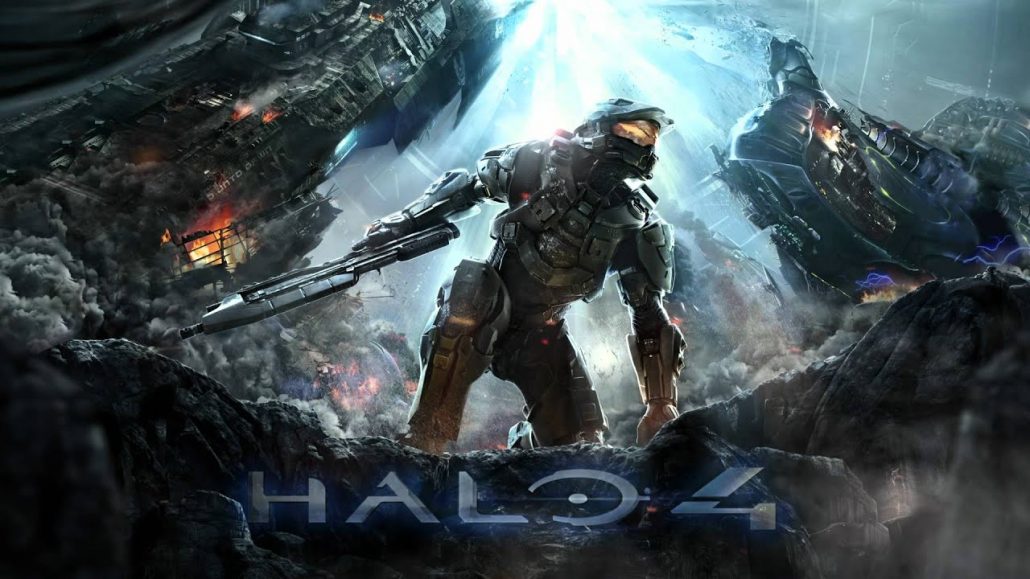
A marketing artist is responsible for creating top-notch visuals to use as marketing material and also takes part in defining brand visual identity. They use the art style of a game to create a vast range of assets on various mediums such as web graphics, ads, social media, photography, posters, videos, and more.
This role requires the artist to be skilled in polishing and updating the available assets to be used in the aforementioned vast range of mediums.
Having regular sessions with producers, marketing managers, and people from the finance department is a norm for a marketing artist. He/she must understand the current trend in the market and know how to respond to it.
A Final Word for Aspiring Game Artists
As an artist working in the game industry, you need to be serious about fun, you need to be pragmatic about passion. It goes without saying that if you have little interest in video games and are just looking for a bigger paycheck, this is not the job for you.
You must understand the unique nature of this form of entertainment and revel in taking breaks from work to have a little fun with video games to get charged up.
If you do have a passion for video games and are willing to work as a team, getting employed in the line of game art design could be the best thing that ever happened to you.
Artists often have spirits that yearn for freedom, they wish to express their inner world without borders and rules. If this is also the case for you, understand and accept that by working in a game studio, you need to actively guide your craft and adhere to some principles.
We would love to hear from you!
If you have any questions about kicking off your career in the game art design or improving your already established career, ask us in the comments and we will more than glad to answer them. You can also contact Pixune’s studio for more in-depth advice from our senior designers.
Besides publishing sublime articles, Pixune is experienced at handing outsource projects with satisfactory results. But don’t take our words for it! check out Pixune.com to see what our clients have to say about us 😉
If you want to get something done right, ask a busy outsourcing studio!

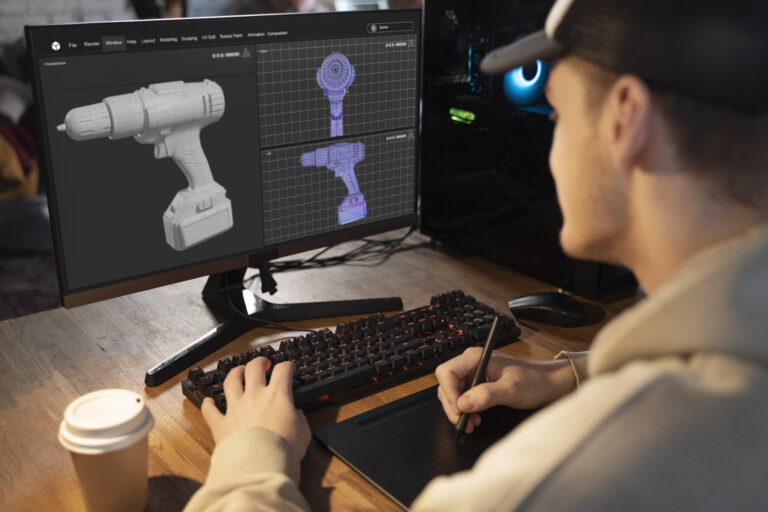
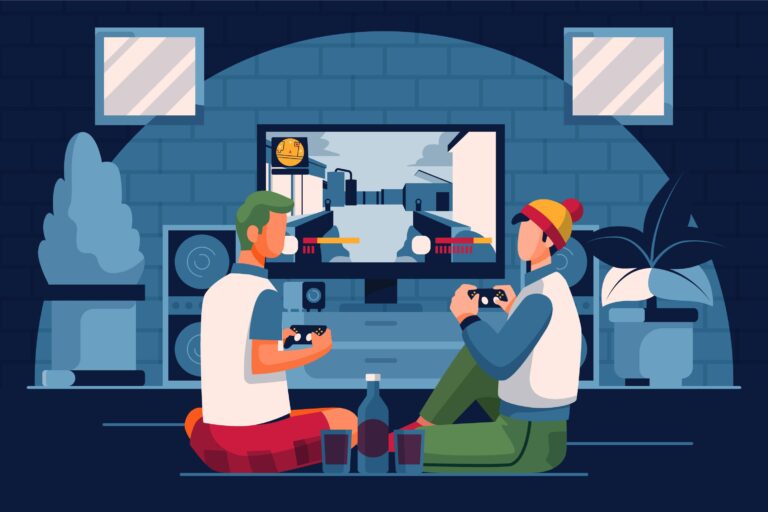
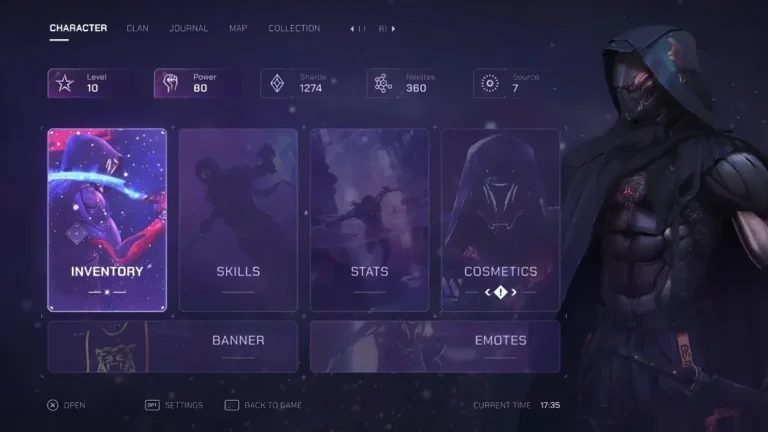

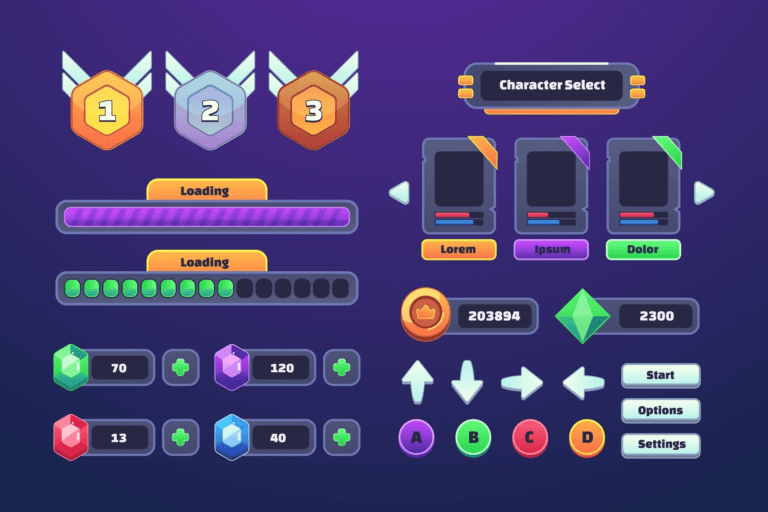
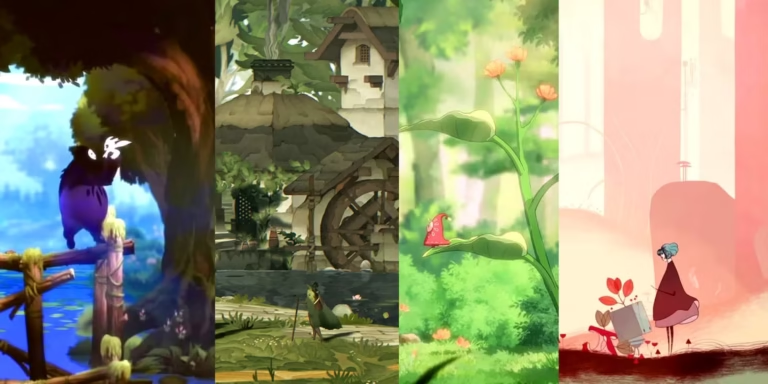
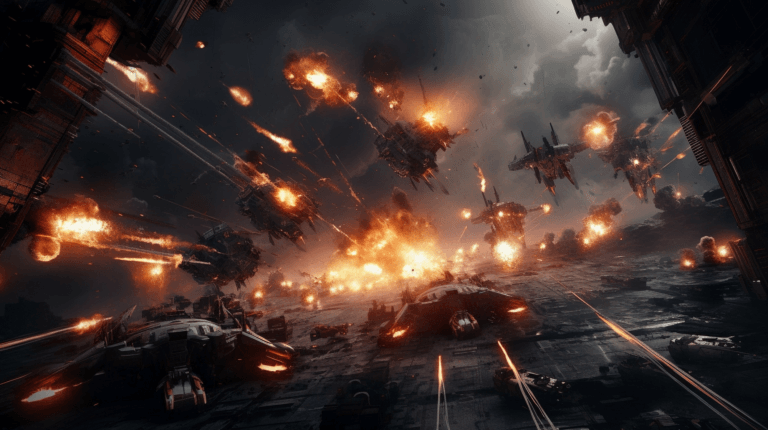
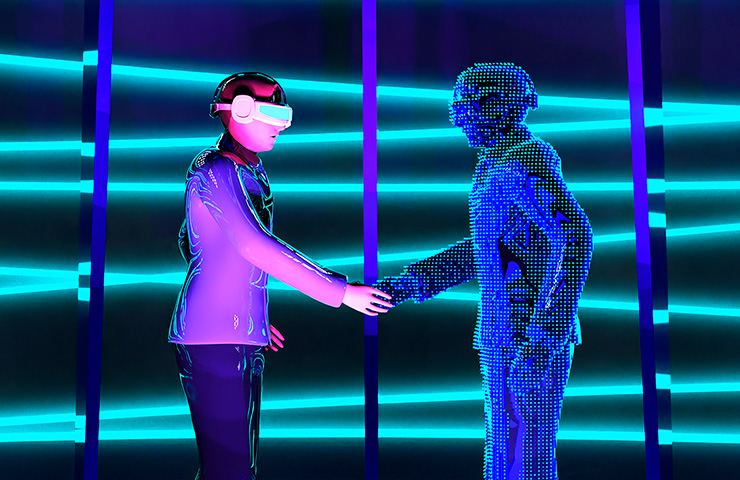
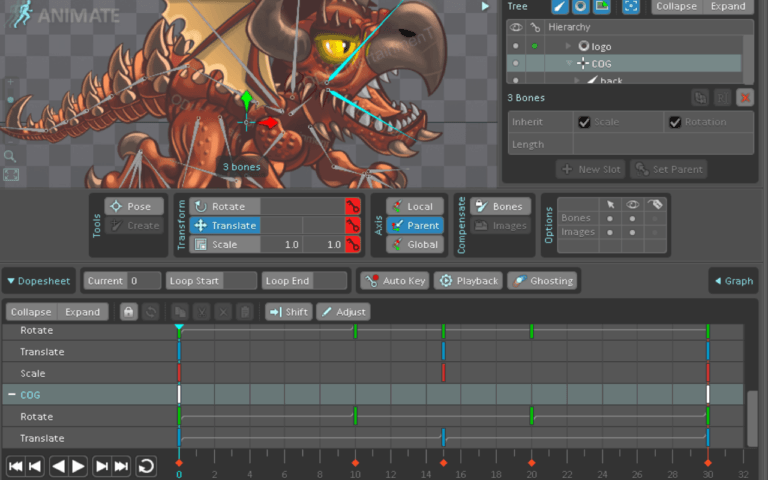



One Response
Glad you liked it 🙂